Search results for 'Mediums for pigment colours'
-
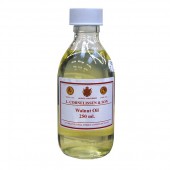
Cornelissen Walnut Oil
Starting at: £8.20
-
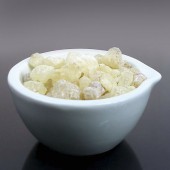
Gum Damar
Starting at: £10.00
-
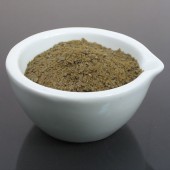
Carnauba Wax Grey
Starting at: £8.40
-
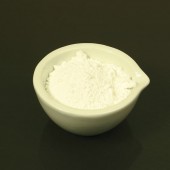
Alumina Hydrate Light
Starting at: £8.30
-
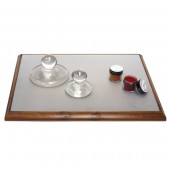
Mixing Slab
Starting at: £24.00
-
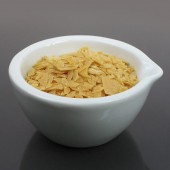
Carnauba Wax Yellow
Starting at: £6.50
-
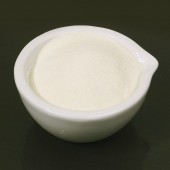
Casein Lactic
Starting at: £15.95
-
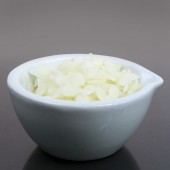
Bleached Beeswax
Starting at: £12.30
-
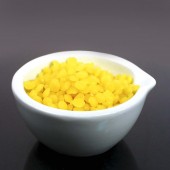
Natural Beeswax
Starting at: £11.20
-
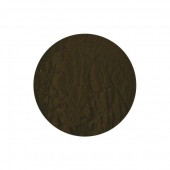
Van Dyke Brown Pigment
Starting at: £4.50
-
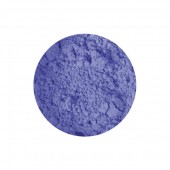
Cerulean Blue Pigment
Starting at: £14.50
-
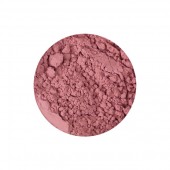
Potters Pink Pigment
Starting at: £22.00
-
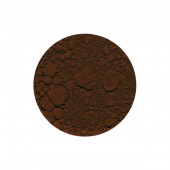
Mars Violet Pigment
Starting at: £4.50
-
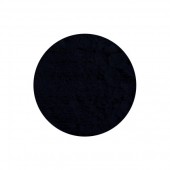
Vine Black Pigment
Starting at: £4.70
-
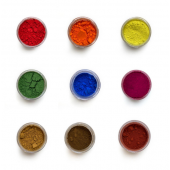
Small, 15ml Pigment sizes
Starting at: £4.00
-
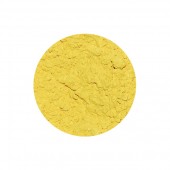
Litharge Pigment
Starting at: £8.00
Call to Order
-
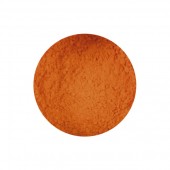
Lead Red Pigment (Minium)
Starting at: £7.30
Call to Order



